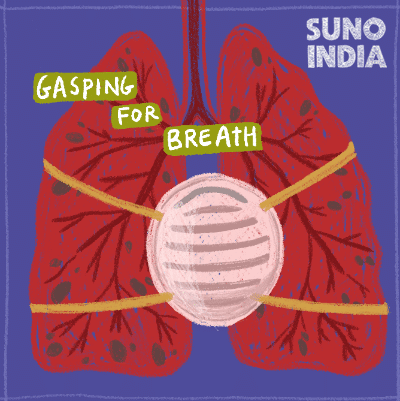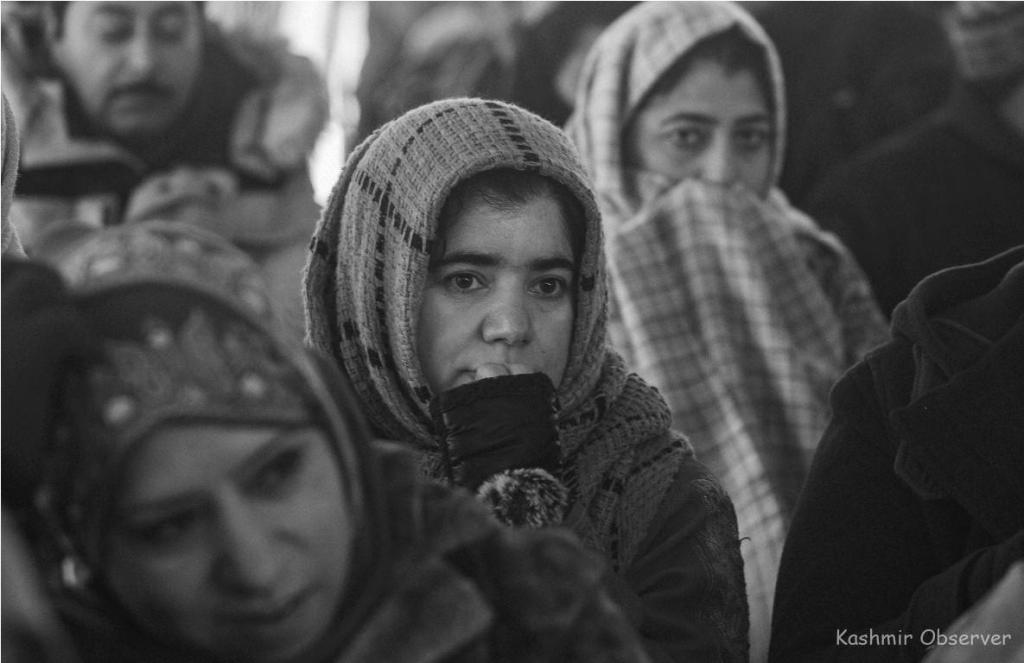Ayodhya: History Beyond the Epics and Politics
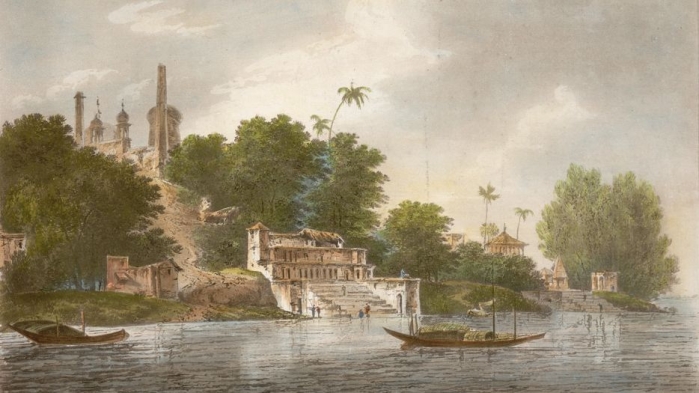
The city of Ayodhya in Uttar Pradesh has become the focus of national news even as the bhoomi pujan of the new Ram Mandir took place at the hands of Indian Prime Minister Narendra Modi. The bhoomi pujan, or foundation-stone laying ceremony, marked the culmination of the three-decade-long ‘Ram Janmabhoomi movement’ spearheaded by the Bharatiya Janata Party to reconstruct a temple believed to have stood on the site of the Babri Masjid, which was demolished in December 1992. The temple that predated the Babri Masjid is said to have been built on the spot that marks the site where Lord Rama was supposedly born.
Sadly, the controversy and politics that have made ‘Ayodhya’ such a politically and emotionally charged word have eclipsed the over 2,000-year recorded history of the place. While most people associate Ayodhya with events in the Hindu epic, the Ramayana, or with the ‘Ram Janmabhoomi agitation’, no one talks about the fact that it was one of the pre-eminent cities in ancient India.
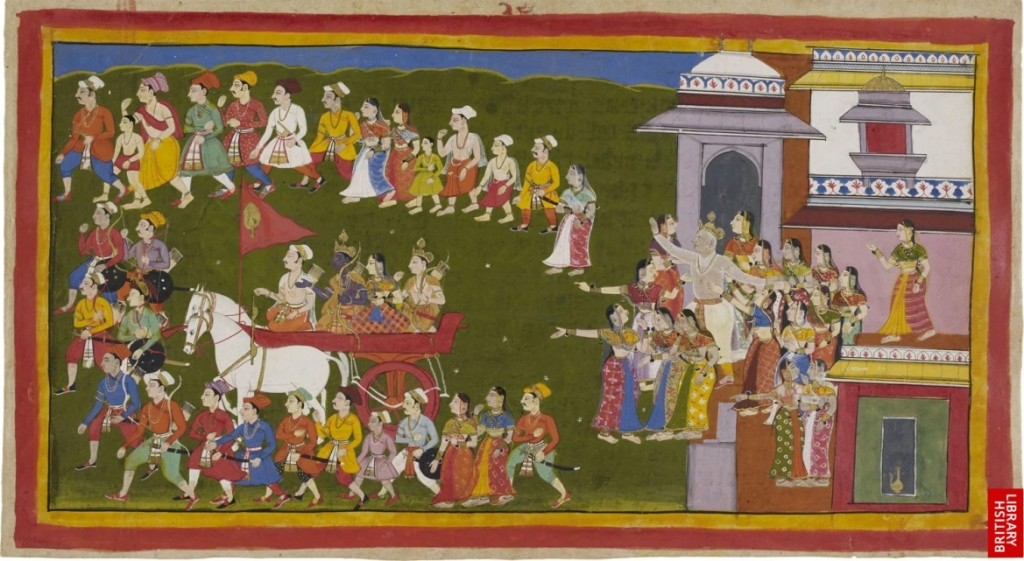
Ayodhya in Itihaasa
According to ancient Indian tradition, the importance of Ayodhya stems from the fact that it was the capital of the ancient Ikshavaku Dynasty to which Lord Rama, the hero of the Ramayana, belonged. According to Hindu religious traditions, recorded history is divided into different yugas or epochs —Satya Yuga, Treta Yuga, Dwarpara Yuga and Kali Yuga. The Ramayana deals with events in the Treta Yuga or the second epoch.
King Ikshavaku, ‘son of the first human Manu’, founded the Solar or the Raghuvanshi Dynasty, which ruled over Kosala with Ayodhya as its capital. It is to King Dashrath of Ayodhya and his wife Kaushalya that Lord Rama was born. Sent into exile by his stepmother Kaikayi, Lord Rama defeated the King of Lanka, Ravana, and returned to rule over Ayodhya.
His descendants continued to rule Ayodhya for centuries. But, over time, Ayodhya was abandoned by Lord Rama’s descendants and was completely forgotten. The Treta Yuga was followed by the Dwarpara Yuga, when the events in the Mahabharata took place. According to Hindu beliefs, the age we live in today is called the Kali Yuga.
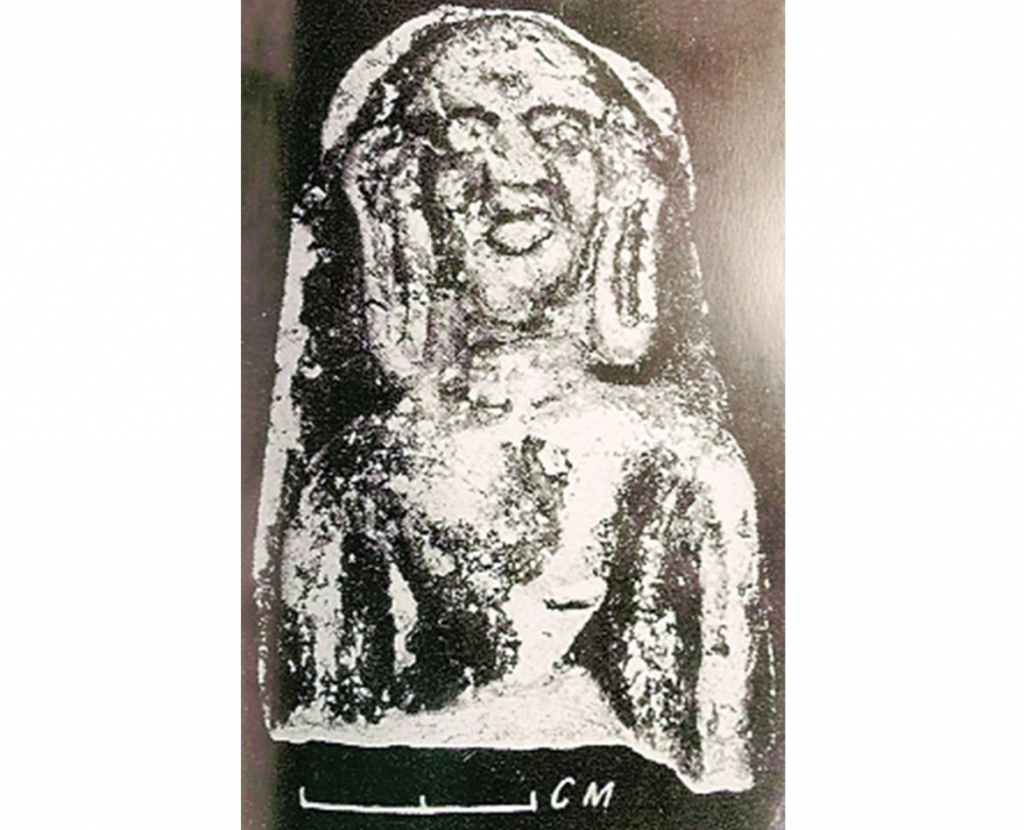
Ayodhya as the Ancient ‘Saketa’
Over the last century, numerous excavations have been carried out by archaeologists such as Alexander Cunningham (1862-63), A K Narain (1969-70) and B B Lal (1975-76), and these have helped us get an understanding of just how ancient the physical, archaeological site of Ayodhya is. The site was also excavated by the Archaeological Survey of India under B R Mani at the behest of the Allahabad High Court from March to August 2003. The earliest evidence of human settlement discovered by archaeologist A K Narain of Banaras Hindu University, during his excavation of Ayodhya in 1969-70, goes back to the 5th century BCE.
The earliest levels encountered by B R Mani were dated to 1100 BCE via C14 dating. This is perhaps of enormous importance as the beginnings of the Second Urbanisation can be seen germinating in the Black Slipped Ware recovered at the lowermost levels. This ceramic is the precursor to the Northern Black Polished Ware, which was the fine tableware of the period between the 6th and the 2nd centuries BCE.
One of the most comprehensive historical accounts of Ayodhya is by historian Hans Bakker from the University of Amsterdam. Bakker, who published his research in his book The History of Ayodhya: From the 7th Century BC to the Middle of the 18th Century (1986), traces how Ayodhya is one of the oldest cities in India, as old as Kashi, and was known as ‘Saketa’ in the ancient period. It emerged during what is known as the ‘Second Urbanisation Period’ in Indian history, dating from 600-200 BCE.
One of the most comprehensive historical accounts of Ayodhya is by historian Hans Bakker from the University of Amsterdam. Bakker, who published his research in his book The History of Ayodhya: From the 7th Century BC to the Middle of the 18th Century (1986), traces how Ayodhya is one of the oldest cities in India, as old as Kashi, and was known as ‘Saketa’ in the ancient period. It emerged during what is known as the ‘Second Urbanisation Period’ in Indian history, dating from 600-200 BCE.
This was one of the most formative periods in ancient Indian history, when villages grew into cities along critical river banks, trade and commerce thrived, and new religions and philosophies emerged. Old settlements such as Taxila, Kashi, Shravasti and Pataliputra became powerful cities. As trade and commerce flourished across India, two great trade routes emerged – the Uttarapatha (East-West Route) connecting Pataliputra (Patna) to Taxila (near Peshawar in present-day Pakistan), and the Dakshinapatha (North-South Route) connecting Rajagriha (Rajgir) to Pratisthana (Paithan) in the South. The place where these two important routes intersected was the trading town of ‘Saketa’, the site of present-day Ayodhya city.
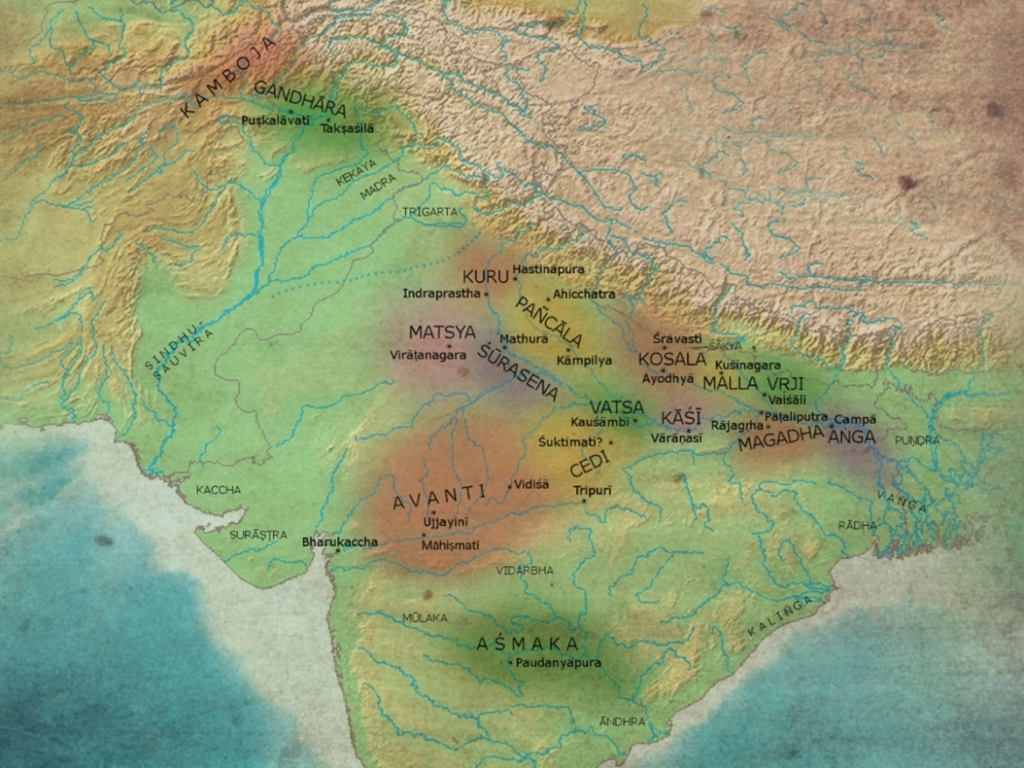
Saketa was located in the Mahajanapada (Principality) of Kosala, whose capital was the city of Shravasti, around 80 km away. This was also the time of the ‘Sramana Movement’ in Indian history, when a large number of wandering ascetics travelled across India, preaching different philosophies. As an important trading town, with a large merchant population, Saketa also drew a lot of preachers and was home to a thriving community of Buddhists and Jains. Its location on an important south-bound crossing on the Ghaghara River a tributary which joins the Ganga at Chhapra not far from Pataliputra, also played an important role.
According to Buddhist canonical texts, Gautama Buddha is said to have visited the city several times, while Jain texts claim that two Jain tirthankaras, Parshvanath and Mahavira, preached at Saketa. The Buddhist and Jain congregations were held in the parks to the south of the town, and here the first foundations of their monastic establishments were laid.
Saketa had a number of Buddhist stupas with important Buddhist relics, as well as Jain temples, including the great temple of Adinatha (the first Jain Tirthankara). These were all destroyed during medieval times. In addition, there was also a large population which belonged to different sects of early Hinduism-worshipping Nagas (serpents), Yakshas (forest spirits) as well as Sun worshippers.
Around the 4th century BCE, Kosala was annexed to Magadha by King Ajatashatru. In time, Saketa became a minor trading town under the Mauryan Empire. From the archaeological remains found here, it can be seen that a number of Buddhist structures were built here during the rule of Emperor Ashoka. In Mauryan times, Saketa was a commercial centre of secondary importance.
Saketa Under Attack
Around 170 BCE, during the declining years of the Mauryan Empire, Saketa was invaded by the Indo-Greek king Demetrius, who had set out to conquer Pataliputra. We know of this from Rishi Patanjali, the great Sanskrit grammarian. In his Mahabhasya, a 2nd century BCE text on the rules of grammar, Rishi Patanjali engages in a discussion on an ‘imperfective tense’, explaining that “the imperfect should be used to signify an action not witnessed by the speaker but capable of being witnessed by him and known to people in general”. To illustrate his point, he cites an example: “Arunad Yavanah Saketam” (“Yavanas besieged Saketa”).
In the post-Mauryan period, Saketa was a minor local kingdom that paid tribute to the Shungas of Magadha. Three of the Puranas – the Yuga Purana, Vayu Purana and Brahmanda Purana – talk of the rule of the ‘Seven Mighty Kings of Saketa’, who ruled the region after the retreat of the Indo-Greeks or Yavanas from North India. The historicity of these seven kings of Saketa is corroborated by the numismatic evidence gathered from the discovery of the coins of the Deva Kings found in Faizabad district of Uttar Pradesh. From the coins, we know the names of at least five kings, who were Fuladeva, Vayudeva, Visakhadeva, Pathadeva, and Dhanadeva.
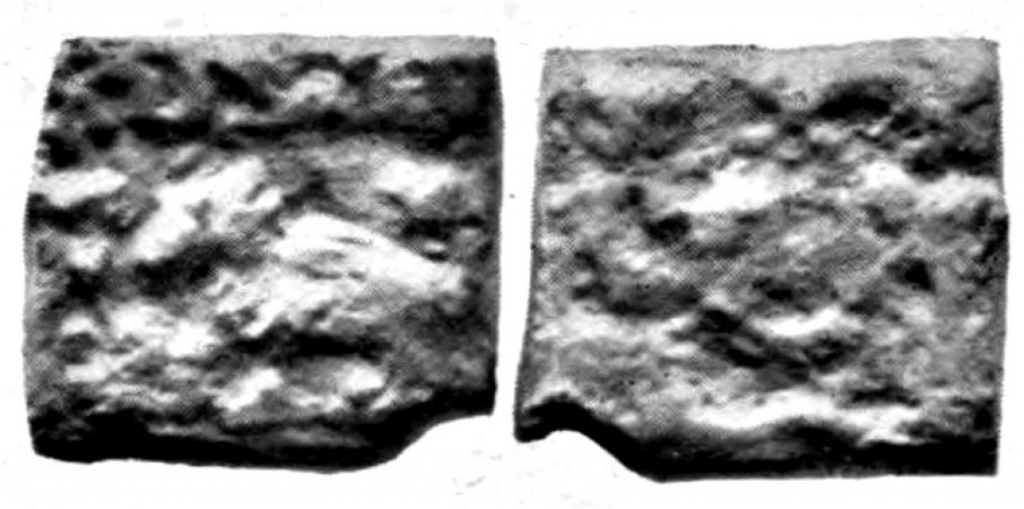
In the 2nd century CE, Saketa came under the rule of the Kushana Empire, under Emperor Kanishka. Until recently, evidence of the Kushana rule over Saketa was based on a large number of coin hoards as well as fragments of Kushana sculptures found here. But in 1993, a Kushana inscription was found in Rabatak village of Afghanistan, in which King Kanishka proudly proclaimed his rule:
“…unto the whole of the realm of the Kshatriyas… and the (city of) Saketa, and the (city of) Kausambi, and the (city of) Pataliputra, as far as the (city of) Sri-Campa”
The Kushana rule gave way to the Gupta Empire, in which Saketa would reach a new height of its grandeur.
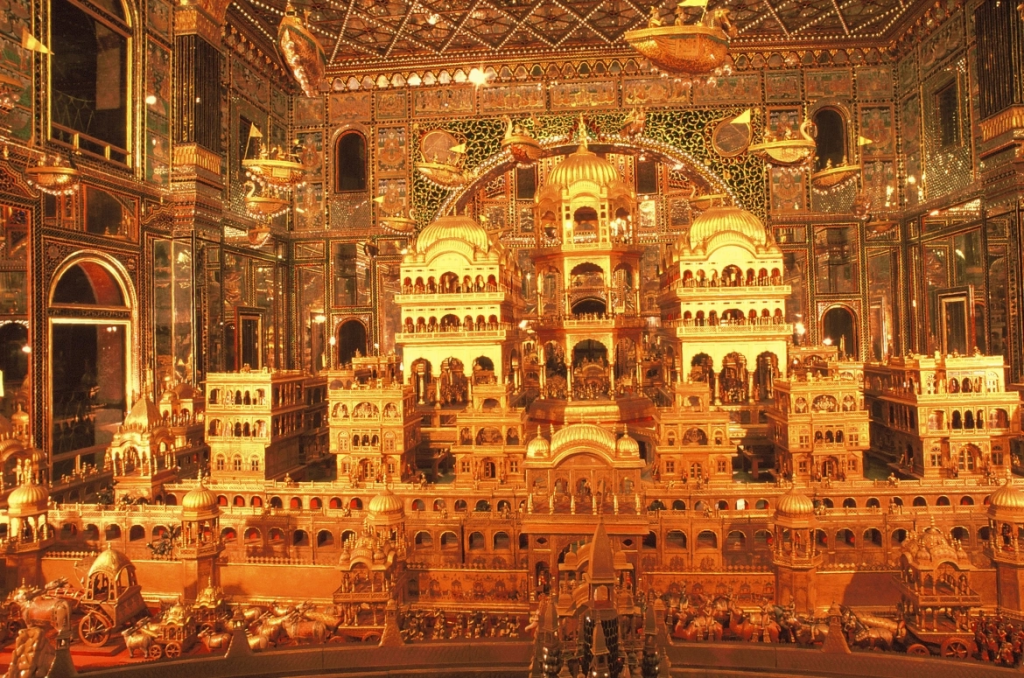
Revival of Ayodhya and the ‘Vishnu Avatars’
Saketa entered its ‘golden age’ in the Gupta Empire, from the late 3rd century CE onwards. Under the Guptas, Hinduism also saw a great revival across the subcontinent. During this time, the earliest stone temples of India were built. The Gupta rulers encouraged the idea of ‘divine kings’ as can be seen from Emperor Samudragupta’s Allahabad inscription, which describes him as a “god dwelling on earth, being a mortal only in celebrating the rites of the observances of mankind”.
It was also during the rule of the Gupta emperors, in the 5th century CE, that Saketa began to be known as ‘Ayodhya’ and to be recognised as the exact location of the capital of the Ikshavaku kings of the Treta Yuga. The earliest known reference to Saketa as ‘Ayodhya’ is an inscription found in the village of Karamdanda around 24 km from the city. Dating to 435 CE, the inscription talks of donations given to ‘Brahmins of Ayodhya’ by Prithvisena, a minister of Gupta ruler Kumaragupta I (415-455 CE). Thus the city was not known as ‘Ayodhya’ prior to the Gupta Era.
Emperor Kumaragupta I was the half-brother of Prabhavatigupta, who was married to King Rudrasena II of the Vakataka Dynasty. According to historian Hans Bakker, Prabhavatigupta appears to have been one of the earliest known devotees of the Rama avatar of Vishnu. It is believed that Emperor Skandagupta (c. 455-467 CE) even moved his capital to Ayodhya, when a great flood ravaged Pataliputra. The identification of Saketa city as the ‘Ayodhya of Lord Ram’ was actively encouraged by the Gupta emperors. Their association with this sacred ground, they hoped, would give them religious legitimacy.
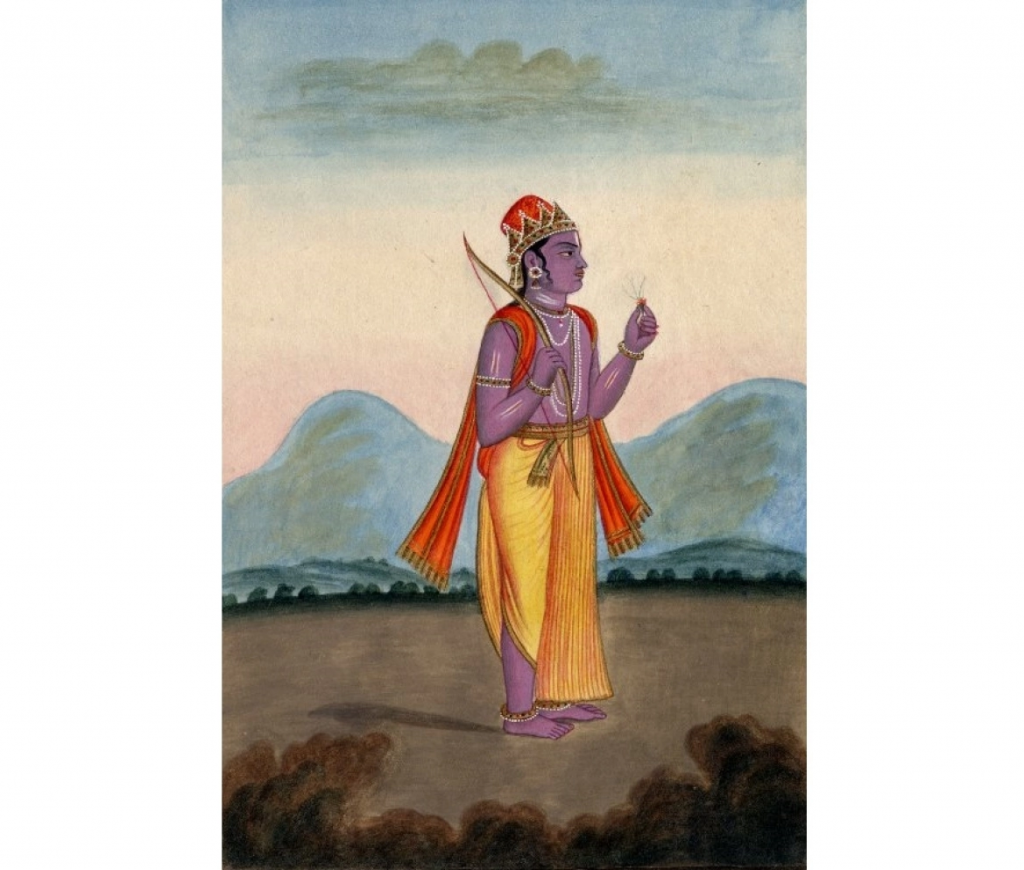
The theme of ‘reviving the glory of Ayodhya’ was extremely popular in 5th century India and can most notably be seen in Mahakavi Kalidasa’s work Raghuvania or Raghuvamsha, a story of how Lord Rama’s son ‘Kush’ returns to the capital of his ancestors to revive its former glory.
The fall of the Gupta Empire in the 6th century CE, and the Huna invasions under Mihirkula led to Ayodhya’s decline as a political and economic power centre, which shifted to Kannauj, around 250 km north near present-day Lucknow. But the deep association of Ayodhya with Lord Rama and the Ramayana had made it a major pilgrimage centre by now and thus saved it from the terminal decline that many ancient cities such as Shravasti, Kaushambi, Rajgir and Vaishali experienced.
Vishnu Worship and the Rise of Ram Bhakti
From the 5th century CE till the 11th century CE, Saketa / Ayodhya was one of the most important ‘Vaishnavite’ religious centres in India. Before the 11th century CE, most temples in Ayodhya were dedicated to Lord Vishnu, with images of Lord Rama in them. We can see something similar in the Vishnu shrines in Madhya Pradesh, which had shrines to the Varaha Avatar, or the Vishnu shrines in Andhra Pradesh, which had shrines to the Narasimha Avatar.

Chinese traveller Hiuen Tsang, who visited Ayodhya during the reign of King Harshavardhana of Kannauj (636-640 CE), also left us a description of the city. According to him, the city measured 20 li (0.8 km) in circumference, which corresponds to the present old city of Ayodhya, and it had a moat around it like Pataliputra did. Hiuen Tsang also wrote of the ‘Ten great temples dedicated to the Devas’ in the city.
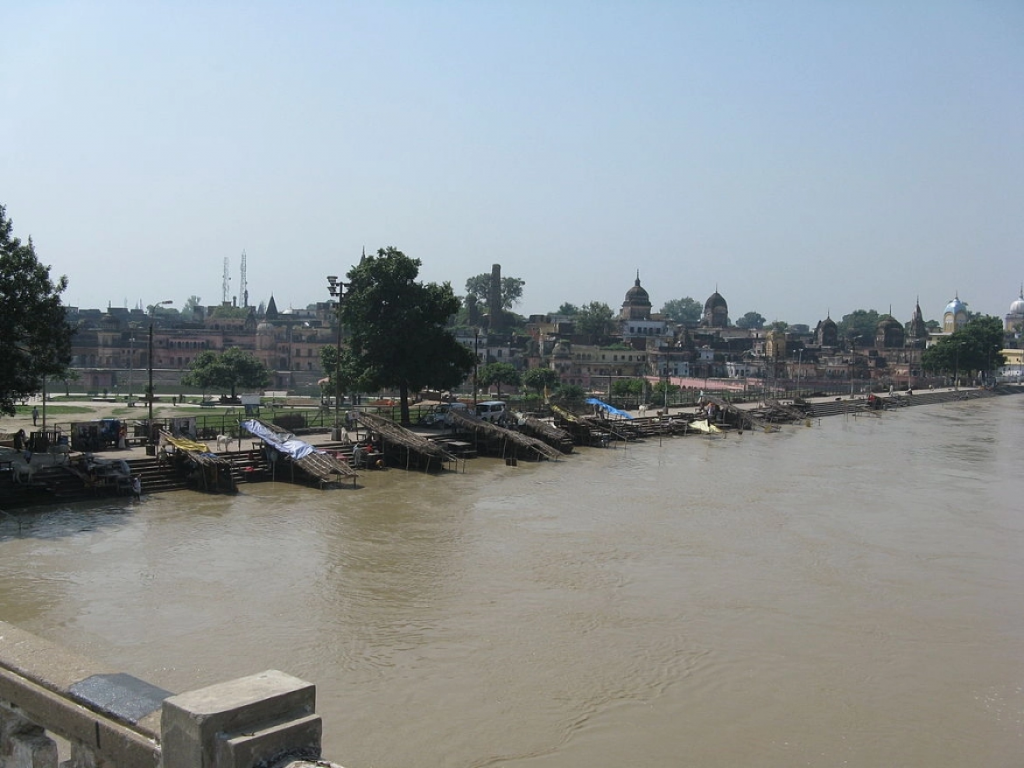
Following the death of King Harshavardhana of Kannauj, North India was split into numerous petty kingdoms. We know that around 1090 CE, Ayodhya was ruled by King Chandradeva of Kannauj, who built a large temple dedicated to ‘Chandrahari’ or the ‘Moon God’ on the banks of River Sarayu, which was demolished on the orders of Mughal Emperor Aurangzeb.
Interestingly, according to B R Mani, the most recent excavations at Ayodhya revealed the remnants of a circular temple base belonging to the 10th-11th century CE very similar to other such Shaivaite shrines found in other excavations in the Ganga Valley. This further muddles the context as there seems to have been a Shaivaite temple at what should have been a Vaishnavite shrine.
In 1193 CE, Ayodhya came under the Delhi Sultanate, when King Jayachand of Kannauj was defeated by Muhammad Ghori. Strangely, the only known temple destroyed in Ayodhya at the time was the famous Adinath Jain temple.
The rise of the Delhi Sultanate also coincided with the rise of the ‘Bhakti movement’ in India. Moving away from ritualism, Bhakti preachers propagated the concept of devotion to a personal god. It is during this time that the Rama and Krishna avatars of Vishnu became extremely popular, as it was easy for common folk to connect with them. Graduating from sub-shrines, temples dedicated to the ‘Rama Avatar of Vishnu’ began to be built across India. By the 12th century CE, it was believed that three temples dedicated exclusively to Lord Rama were built in Ayodhya, though no trace of them survive today.
Numerous temples in Ayodhya were destroyed during Mughal rule. In 1528-29 CE, Mir Baqi, General of Mughal Emperor Babur, demolished a temple and built what is known as the ‘Babri Masjid’. A number of temples were also demolished here during the reign of Mughal Emperor Aurangzeb.
Ayodhya under the Nawabs of Awadh
The age of intolerance and destruction under Mughal Emperor Aurangzeb was replaced by the rule of the more tolerant Nawabs of Awadh. Following the death of Aurangzeb, numerous provincial governors became semi-independent. Among them were the Shia Nawabs of Awadh.
The Nawabs established their capital at Faizabad, just 6 km from Ayodhya. During their reign, a large number of temples and maths were established here by rulers from different parts of India such as Ahilyabai Holkar, the Rajas of Jaipur, the Bhosles of Nagpur and so on. The tolerance of the Nawabs of Awadh can be seen from the fact that Ayodhya’s most prominent temple of Hanumangarhi was built in 1774 CE, on 20 acres of land endowed by Nawab Shuja-ud-Daulah. The temple still has a Persian plaque, which mentions this donation.
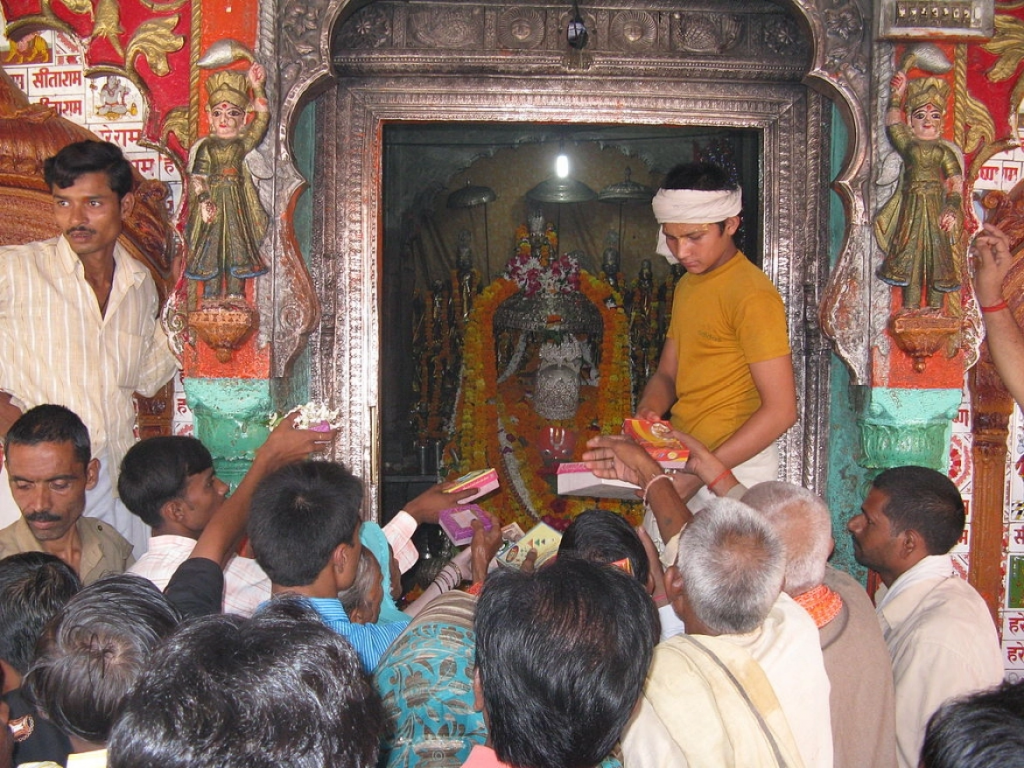
When in 1855, Islamic fundamentalists under local Sunni leader, Maulvi Amir Ali Amethavi attempted to take over the temples of Ayodhya, Awadh’s last Nawab Wajid Ali Shah even sent his army to suppress this, and Amir Ali Amethavi and 300 of his supporters were killed in a battle in the Bara Banki district.
Sadly, this episode also sowed the seeds of Hindu-Muslim discord in Ayodhya, and it was during this time that some Hindus sadhus attacked the Babri Masjid in Ayodhya, in retaliation. In 1883, another group of Hindu sadhus attempted to construct a temple on the platform near the Babri Masjid. The case went to the courts and the lawsuit was dismissed in 1886.
In 1946, an offshoot of the Hindu Mahasabha called the Akhil Bharatiya Ramayana Mahasabha (ABRM) started an agitation for possession of the site, where the Babri Masjid stood. In 1949, Sant Digvijay Nath of the Gorakhnath Math joined the ABRM and organised a nine-day, continuous recitation of the Ramcharit Manas, at the end of which Hindu activists broke into the mosque and placed idols of Rama and Sita inside. People were led to believe that the idols had ‘miraculously’ appeared inside the mosque. By the 1980s, the ‘Ram Janmabhumi movement’ was revived by the BJP under L K Advani and Murli Manohar Joshi. On 6th December 1992, the Babri Masjid was demolished, leading to riots across India.
With the bhoomi pujan of the new Ram temple, a new chapter in Ayodhya’s history begins.


